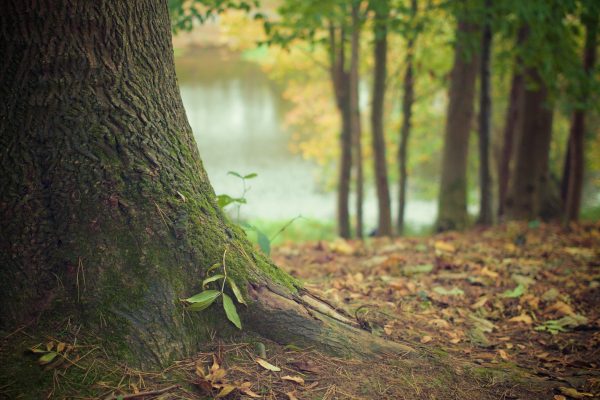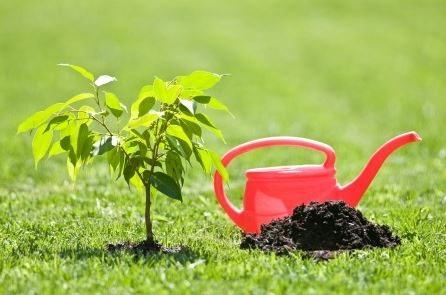
tree cutting

Is Tree Risk Management expensive?
Property owners in Singapore often require professional recommendations on tree risk and health. Arborists sometimes prescribe conservative recommendations because risk-adverse property owners appreciate new buildings; concrete and metal rather than trees.
Arborists are translators, communicating a tree’s messages to humans. But there is great pressure to fall in line with the property owner’s expectations and dispose of liability. Risk can never be reduced to zero while retaining a tree’s benefits. Like a medical doctor faced with a litigious patient and their family, an arborist will recommend the most conservative solutions of expensive surgery or removal.
These trees have been standing for many decades, providing shade, improving the air, supporting the ecosystem, silently working 24 hours a day for our benefit. All they require is regular attention every few months.
Having low risk, well-managed trees in an estate costs very little. Expensive surgery only results from old, sick trees that were poorly maintained, made worse by a property owner’s risk adverse attitude.
Here lies my love for trees, I found this poem in an old book:
The Tree’s Prayer
You who would pass by and raise your hand against me
listen before you harm me.
I am the heat of your hearth on the cold winter nights,
the friendly shade screening you from the summer sun;
And my fruits are refreshing draughts
quenching your thirst as you journey on.
I am the beam that holds your house,
the board of your table,
the bed on which you lie
and the timber that build your boat.
I am the handle of your hoe
and the door of your homestead,
the wood of your cradle
and the shell of your coffin.
I am the gift of God
and the friend of man.
You who pass by, listen to my prayer…
Harm me not.
-Translated from “Ao Viandante”, Veiga Simões, May 1914.

Don’t Plant and Run – Young Tree Maintenance
Just planted a new tree?
It may be small now, but with a basic understanding of tree biology, you can help it grow to its full potential.
Here are three simple tasks:
1.Stake the tree, only if necessary.
Studies show trees establish more quickly and develop stronger trunk and root systems if they are not staked at the time of planting. Staking may be required when planting bare root stock or planting on windy sites. Materials should be flexible and padded to minimize injury to the trunk, yet still allow movement. It is important to remove support staking and ties after the first year of growth.
2.Mulch the base of the tree.
Mulches spread around the base of a tree, holds moisture, moderates soil temperature extremes, and reduces grass and weed competition. The two major types of mulch are organic and inorganic. Inorganic mulches include various types of stone, lava rock, pulverized rubber, geotextile fabrics, and other materials. Inorganic mulches do not decompose and do not need to be replenished often. On the other hand, they do not improve soil structure, add organic materials, or provide nutrients. A 2- to 4-inch (5- to 10-cm) layer is ideal. More than 4 inches (10 cm) may cause a problem with oxygen and moisture levels. Piling mulch right up against the trunk of a tree may cause decay of the living bark.
3.Limit your pruning.
At the time of planting, limit pruning to dead or broken branches. All other pruning should be withheld until the second or third year, when a tree has recovered from the stress of transplanting. You should always have a distinct purpose in mind before making any pruning cut; every cut has the potential to change the growth of the tree.
Note: This post shares content from http://www.treesaregood.org.
Please visit the site for more excellent tree care information!
